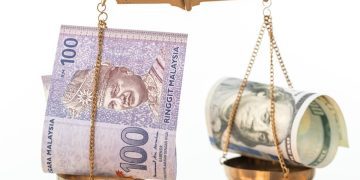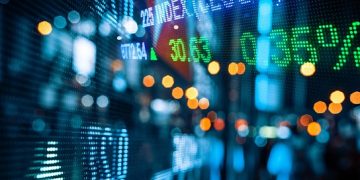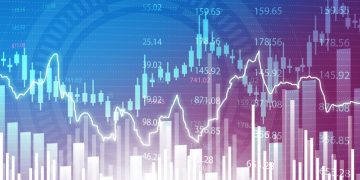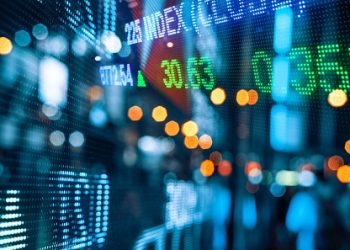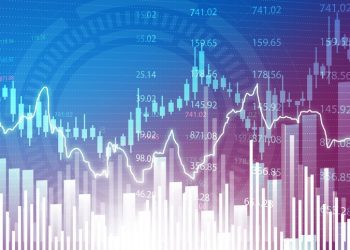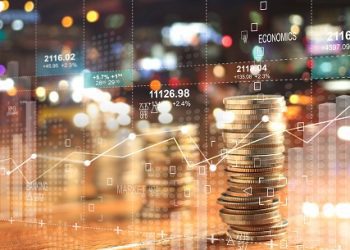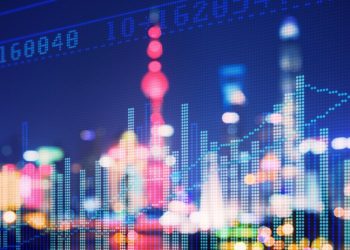The traditional low-volume month of August has been very tough for traders so far. A lot of uncertainty has been surrounding financial markets lately as investors’ trading mind remained stuck between the U.S-China trade war outcome, multiple signs of a coming recession, the Brexit case, Italy’s political situation or even the last earning season. All these topics have strongly heckled market sentiment this summer and traders are now relying on central banks to sustain Economies and bring more peace to an uncertain trading environment. However, questions remain: what can central banks do? Are the ECB and the FED on the same page? What to expect from the next Jackson Hole meeting?
The beginning of the year showed a strong appetite from investors to risky assets but these times seem far away now. The rally observed on stocks during the first half of 2019 was mainly built on hopes of a trade war resolution between the two largest Economies of the world, but we are now end of August and the relationship between the two blocs don’t look like a fair deal will be reached anytime soon.
Furthermore, investors have now rising concerns towards the multiple negative effects this trade war already had on the two nations: U.S. GDP Slowed to 2.1% (annualised) in the second quarter, China has seen significant slowdown in exports as well as in factory output after the industrial production had hit a 17-year low in July. In addition, this trade war also had bad consequences on other countries: Germany GDP slumped by 0.1% in the second quarter, Brazil has seen a slower demand from China for raw materials and expect weaker exports to the U.S while U.K. factories continue to suffer from a weaker demand (the Brexit case also had a significant influence).
The only remaining bullish leverage to stock comes from monetary policy adjustments from central banks, especially from the FED. Market sentiment has already been boosted beginning of July when both the ECB and the FED showed surprising dovish turns by saying they will ‘‘act as appropriate’’ to sustain the Economy. Since then the Federal Reserve has already started cutting refinancing rates by 25 basis points while the ECB recently provided investors with more hints about a September stimulus.
What to expect from the next central banks meeting to come?


Even if recession risks are piling up, central banks do whatever it takes to prevent such a thing. The recent poor data didn’t significantly impact stock prices so far as financial markets are artificially maintained at a breakeven point, on hopes of further stimulus. Investors have now all eyes on the next FED and ECB meetings with a specific attention to what is going to happen during the Jackson Hole event later in the week.
Photo by Jon Cellier.
While World Interest Rate Probability shows further cuts are already priced in by the market, traders will have a specific focus on the semantic and the tone employed by Jerome Powell and Mario Draghi during the next meetings, especially after the FED’s Chairman said in July current cuts were to be included inside a « Mid-term adjustment policy » more than a clear new dovish cycle.
FED vs ECB


The situation may actually be worse for the Eurozone than for the U.S. as refinancing rates are still in negative territory on the old continent (-0.40). The FED, on its side, by proceeding with a new rate hike cycle back to 2016, provided itself with more flexibility to react to any downturn of the Economy. However, the ECB has other weapons to use in order to sustain the Eurozone and the central bank is said to be already working on a « very strong package » of stimulus measures (including rate cuts and bond purchases) to support the domestic Economy.
Photo by Paul Fiedler.
Having said that, there is a high chance that this week’s Jackson Hole meeting will be a « no-event », bringing market volatility but no clear direction for prices. September is expected to be a decisive month for central banks as their new sets of measures for the end of 2019 will be announced while most investors will be back to their trading desk after the summer period.



